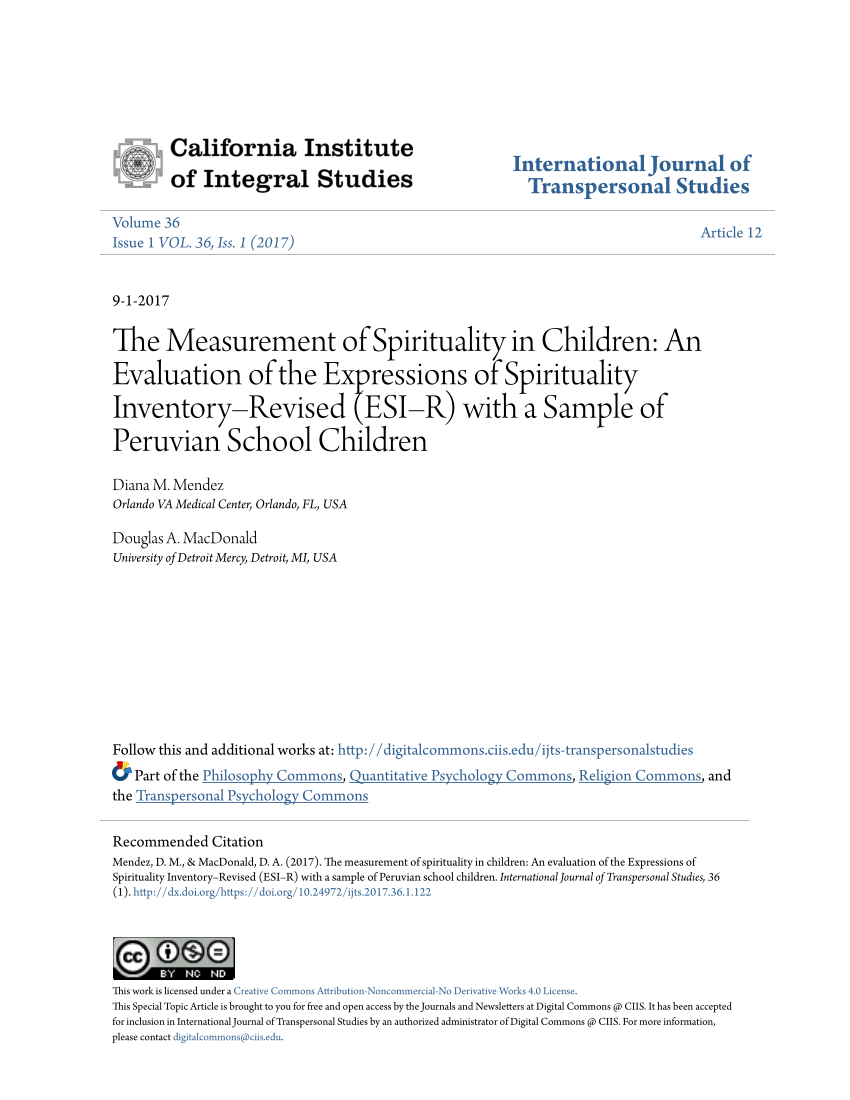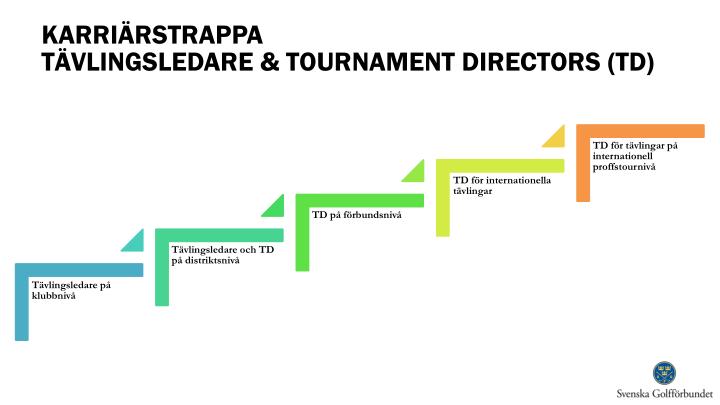

Also, unlike NSAIDs, paracetamol is indicated for use in children of all ages. However, when used at repetitive doses for consecutive days, paracetamol shows lower risk of adverse events compared to NSAIDs.

Paracetamol 15 mg/kg has a tolerability profile similar to that of placebo and NSAIDs such as ibuprofen and ketoprofen used for short-term treatment of fever.

However, recent evidence shows that when used at dose of 15 mg/kg for fever and pain management, paracetamol is significantly more effective than placebo, and at least as effective as NSAIDs. Older clinical studies using paracetamol at subtherapeutic doses of ≤10 mg/kg generally show that it is less effective than non-steroidal anti-inflammatory drugs (NSAIDs). To maximize efficacy and avoid delays in effect, use of the appropriate dose of paracetamol is paramount. A systematic literature search was performed by following procedures for transparent reporting of systematic reviews and meta-analyses. The mechanism of action of paracetamol is complex and multifactorial, and several aspects of the pharmacology impact its clinical use, especially in the selection of the correct analgesic and antipyretic dose. Paracetamol is a common analgesic and antipyretic drug for management of fever and mild-to-moderate pain in infants and children, and it is considered as first-line therapy for the treatment of both according to international guidelines and recommendations.


 0 kommentar(er)
0 kommentar(er)
